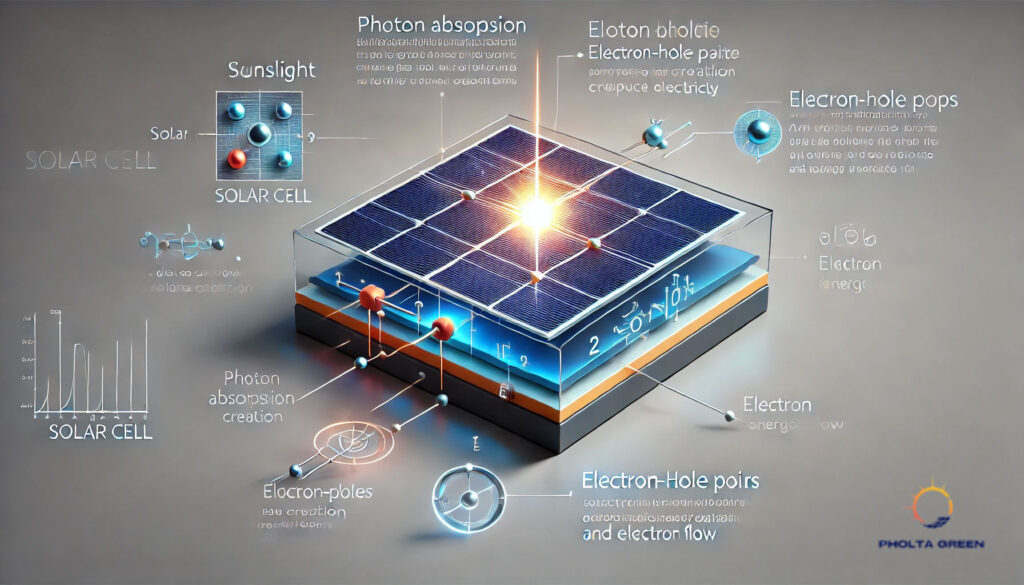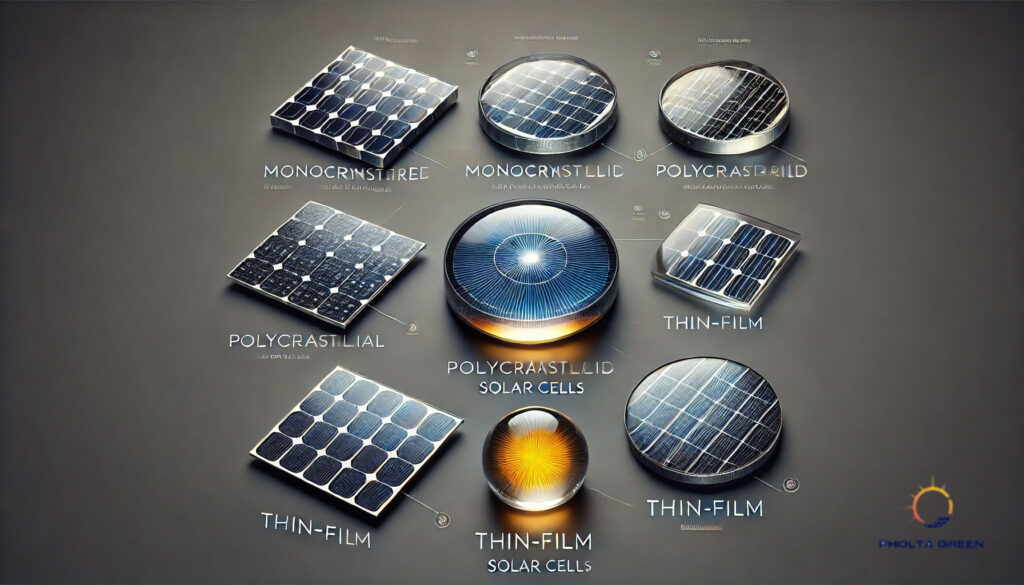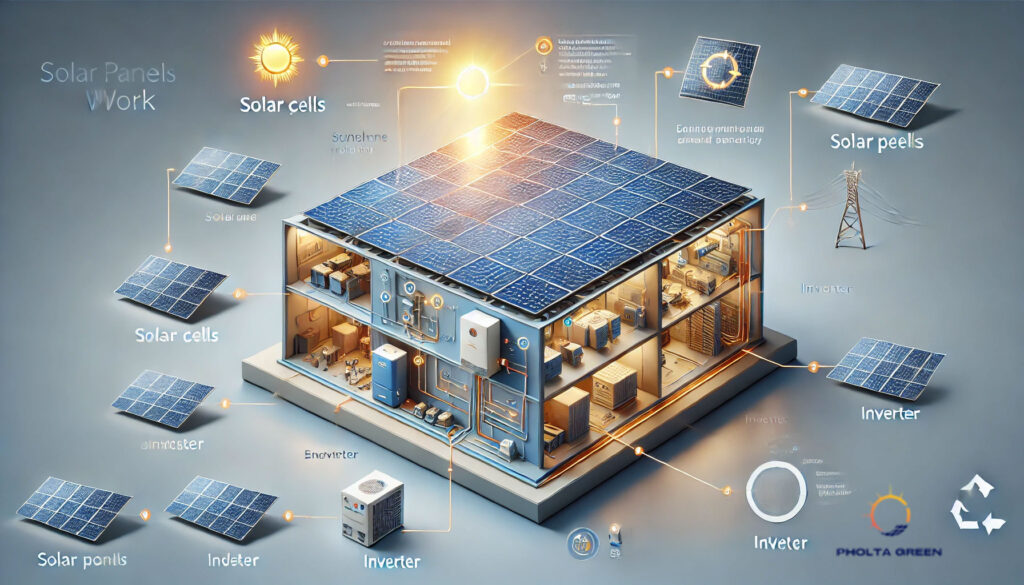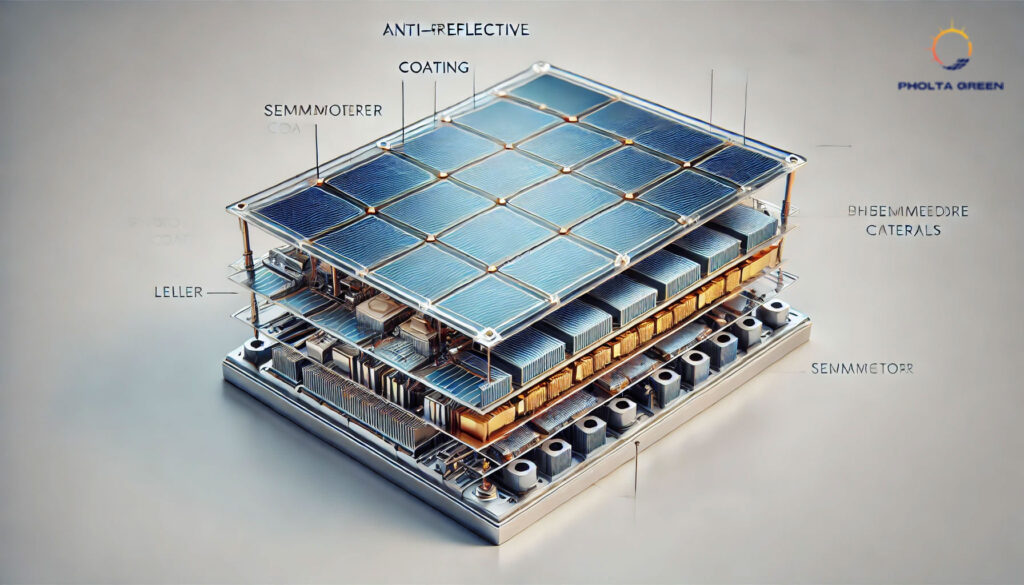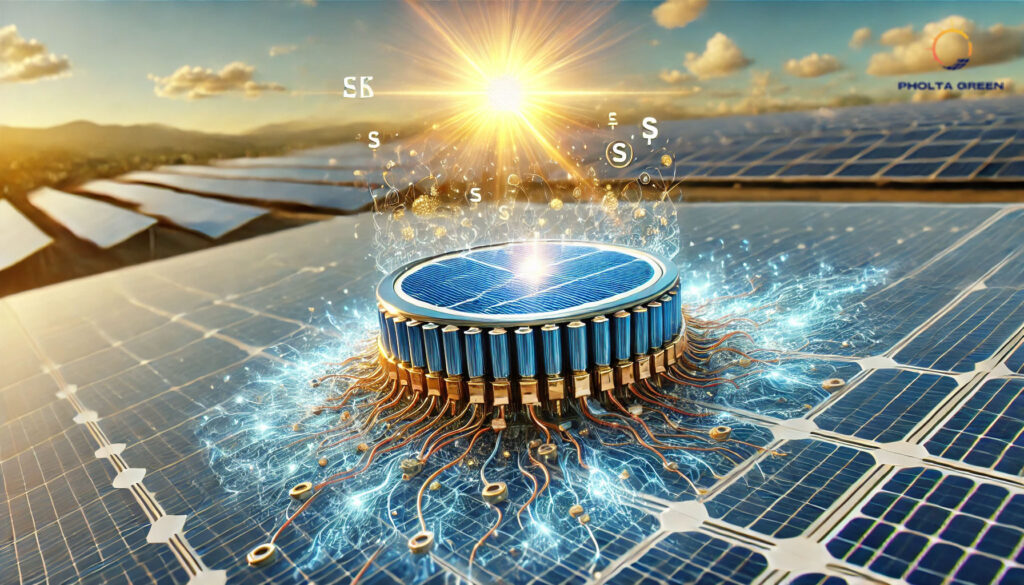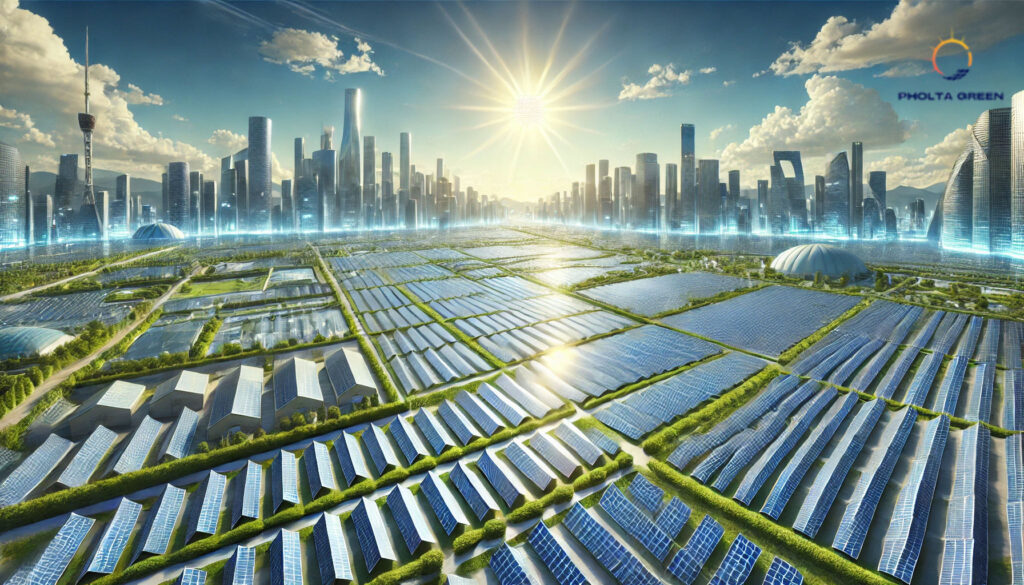Work principle of solar cells
We need to consider both the nature of the material and the nature of sunlight in order to understand the operation of a PV cell. Solar cells consist of two types of material, first often p-type silicon and secondly n-type silicon. Wavelengths o f a certain lights able to ionize the atoms in the silicon […]
Work principle of solar cells Read More »

